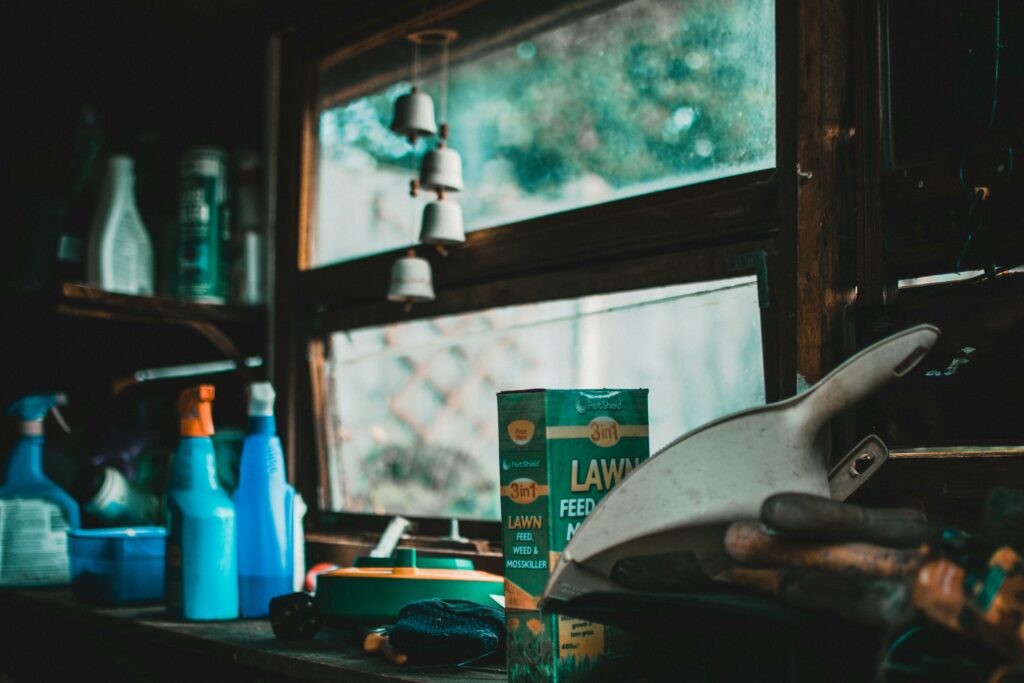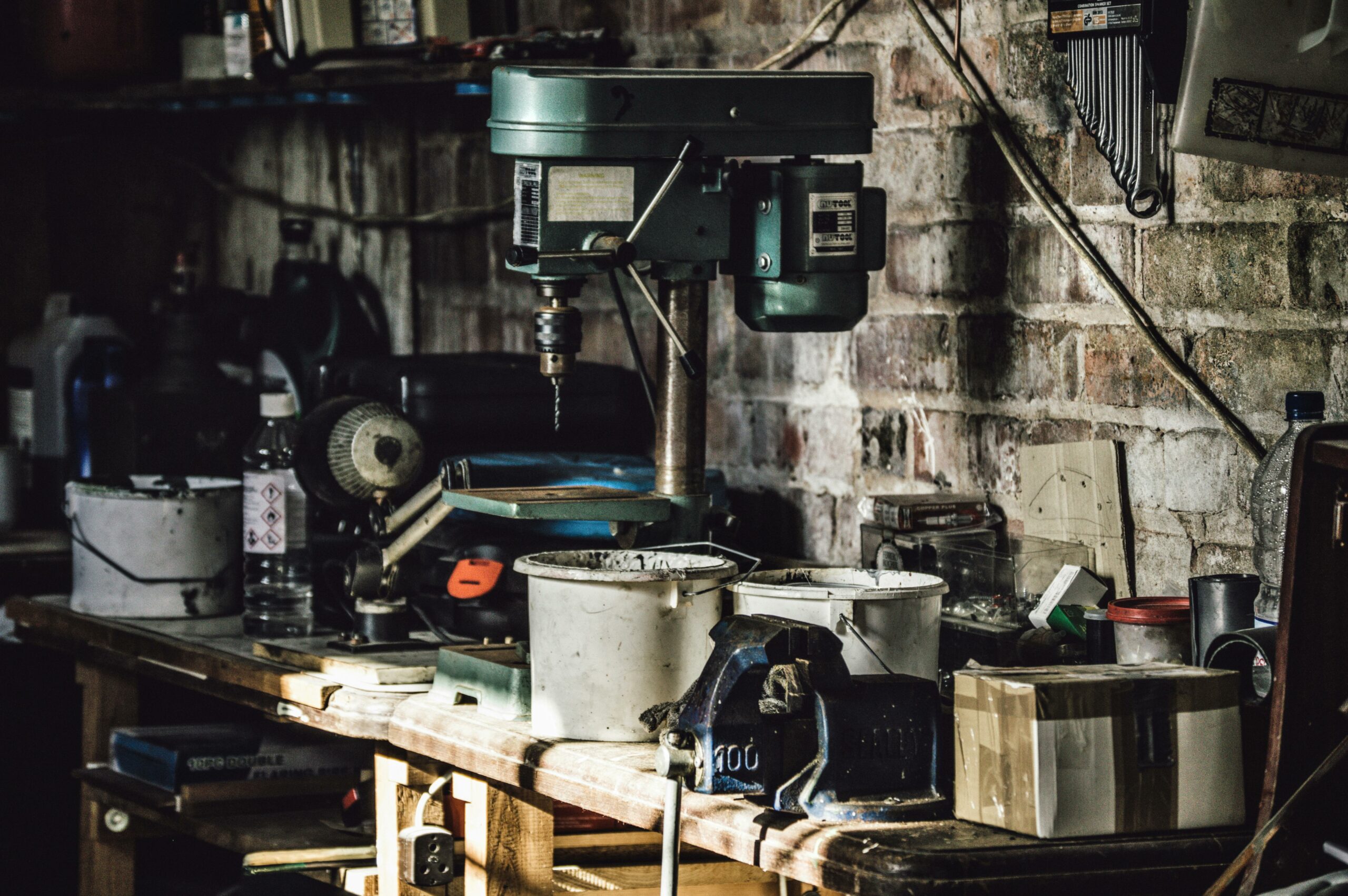The garage is one of the most overlooked areas in a home when it comes to cleaning and organization. Often used as a storage space for tools, seasonal items, and even unwanted clutter, the garage can quickly become dirty, disorganized, and difficult to navigate. Regular garage cleaning is essential to maintaining a functional and efficient space. Whether you’re using your garage for parking, storage, or as a workspace, keeping it clean enhances safety, improves accessibility, and extends the lifespan of stored items.
Key Takeaways
- Regular garage cleaning prevents dust, mold, and pest infestations.
- A well-organized garage increases functionality and accessibility.
- Cleaning the garage enhances safety by removing hazards such as spills and clutter.
- Proper waste disposal and decluttering make garage cleaning more effective.
- Seasonal garage cleaning ensures maintenance and long-term organization.
Why Garage Cleaning is Important
Garage cleaning is more than just removing dirt and dust—it involves decluttering, organizing, and maintaining the space for long-term efficiency. A clean garage not only improves the aesthetics of your home but also enhances safety by reducing fire hazards and tripping risks. Additionally, garages are prone to collecting dust, dirt, cobwebs, and even pests if not properly maintained. A well-maintained garage also helps protect valuable tools, equipment, and seasonal decorations from damage caused by moisture, pests, and neglect.
A disorganized garage can make it difficult to locate essential items, leading to frustration and wasted time. A structured cleaning approach ensures that every item has a designated space, making your garage a functional and accessible area. Regular cleaning also helps maintain the integrity of your garage flooring and walls, preventing long-term damage from oil spills, mold, and accumulated grime. By prioritizing garage cleaning, homeowners can create a cleaner, safer, and more efficient environment for storage, projects, and vehicle maintenance.
Garage cleaning is more than just removing dirt and dust—it involves decluttering, organizing, and maintaining the space for long-term efficiency. A clean garage not only improves the aesthetics of your home but also enhances safety by reducing fire hazards and tripping risks. Additionally, garages are prone to collecting dust, dirt, cobwebs, and even pests if not properly maintained.
Benefits of Regular Garage Cleaning
Regular garage cleaning is essential for maintaining a well-organized and safe space. Over time, garages accumulate dust, debris, and clutter, making it difficult to find items and increasing the risk of safety hazards. A clean garage not only enhances the overall appearance of your home but also protects your belongings from damage and deterioration. By establishing a routine cleaning schedule, you can ensure that your garage remains functional, pest-free, and efficient for storage and daily use.
- Prevents Pest Infestations: Garages can attract rodents, insects, and spiders due to accumulated dust and clutter. Regular cleaning helps deter pests.
- Improves Air Quality: A dusty garage can affect air circulation and spread allergens into your home.
- Enhances Safety: Cluttered garages pose tripping hazards, while spills and oil stains can create slippery surfaces.
- Increases Storage Efficiency: An organized garage allows for better storage solutions and maximized space utilization.
- Extends the Life of Stored Items: Tools, equipment, and seasonal decorations last longer when kept in a clean and controlled environment.
Step-by-Step Guide to Garage Cleaning
Cleaning a garage can feel overwhelming, but breaking the process into manageable steps ensures thoroughness and efficiency. By following a structured approach, you can transform your garage into a cleaner, safer, and more functional space. Proper organization and deep cleaning will not only improve the appearance of your garage but also extend the lifespan of stored items and make maintenance easier in the long run. Whether you’re tackling minor clutter or a full-scale garage overhaul, these steps will help you achieve an organized and pristine space.
A systematic approach to garage cleaning ensures thoroughness and efficiency. Follow these steps to transform your garage into a cleaner and more functional space.
1. Declutter and Sort Items
Decluttering is the first and most important step in garage cleaning. Over time, garages become a dumping ground for unused tools, seasonal decorations, old furniture, and other miscellaneous items. Sorting through these belongings helps create a more organized and functional space. By categorizing items and deciding what to keep, donate, or discard, you can free up valuable storage space and make future cleaning efforts more manageable.
- Remove all items from the garage and categorize them into groups: keep, donate, recycle, and discard.
- Evaluate stored items—if something hasn’t been used in a year, consider letting it go.
- Properly dispose of hazardous waste, such as paint cans, chemicals, and old batteries, according to local regulations.
2. Sweep and Dust the Garage
Once the clutter is removed, sweeping and dusting are essential steps in garage cleaning. Garages accumulate a significant amount of dust, dirt, and debris, which can affect air quality and contribute to respiratory issues. Regular sweeping helps prevent buildup, while dusting surfaces ensures a cleaner and more organized space. Paying attention to corners, shelves, and storage areas will help maintain a dust-free environment and make the garage more functional.
- Use a broom or a leaf blower to remove dirt, leaves, and dust from the garage floor.
- Wipe down surfaces, shelves, and storage bins to eliminate cobwebs and accumulated grime.
- Vacuum corners and hard-to-reach areas to remove hidden dust and debris.
3. Deep Clean the Floors and Walls
Over time, garage floors and walls accumulate dirt, grime, and stains from oil, dust, and general use. Deep cleaning these surfaces not only improves the appearance of your garage but also prevents long-term damage and enhances safety. Oil spills, mildew, and cobwebs can make the space look neglected and even pose hazards. Regular deep cleaning helps maintain a healthier and more functional environment, ensuring that your garage remains a well-kept part of your home.
- Scrub the garage floor with a degreaser to remove oil stains and dirt buildup.
- Use a pressure washer or hose to rinse the floor for a deep clean.
- Wipe down walls and doors to remove smudges, stains, and mildew.
4. Organize and Store Efficiently
A well-organized garage maximizes space and ensures that essential items are easily accessible. Without proper storage solutions, garages can quickly become cluttered, making it difficult to find tools, seasonal decorations, or equipment when needed. By implementing smart organization techniques such as shelving, labeled bins, and hanging storage, you can create a more functional and efficient space. Proper organization also helps prevent damage to stored items and reduces the risk of accidents caused by clutter.
- Install wall-mounted shelves, pegboards, or cabinets to maximize storage space.
- Use clear bins and label them for easy identification of stored items.
- Hang frequently used tools or equipment on hooks to keep them accessible.
5. Maintain a Cleaning Routine
Consistency is key to keeping your garage clean and functional over time. Without regular maintenance, dust, clutter, and dirt can quickly build up, making future cleaning efforts more challenging. Establishing a routine cleaning schedule helps ensure that your garage remains organized, safe, and free of pests. By incorporating small cleaning habits into your weekly or monthly routine, you can maintain a well-kept garage with minimal effort.
- Sweep the garage regularly to prevent dust accumulation.
- Check for signs of pests and take necessary precautions.
- Reorganize seasonal items to keep them easily accessible.
- Inspect stored items periodically to declutter as needed.

Common Challenges in Garage Cleaning and How to Overcome Them
Garage cleaning can present unique challenges, but with the right approach, these obstacles can be managed effectively. Many homeowners struggle with issues such as excessive clutter, stubborn stains, pest infestations, and a lack of efficient storage solutions. Addressing these challenges proactively can make the cleaning process smoother and ensure long-term organization.
Garage cleaning can present unique challenges, but with the right approach, these obstacles can be managed effectively.
- Dealing with Oil Stains: Oil stains on garage floors can be difficult to remove, especially if they have been left untreated for a long time. Use cat litter or baking soda to absorb fresh spills before scrubbing with a degreaser. For older stains, apply a commercial oil stain remover or a paste made from baking soda and water, then scrub with a stiff brush before rinsing thoroughly.
- Managing Limited Storage Space: Many garages lack sufficient storage, leading to clutter and disorganization. Utilize ceiling-mounted racks for additional storage of seasonal items, such as holiday decorations or camping gear. Install wall-mounted shelving units, pegboards, and stackable bins to maximize vertical space and keep frequently used items easily accessible.
- Controlling Dust and Dirt: Garages accumulate dust, dirt, and debris quickly, especially if they are used as workshops or storage areas. Place doormats at entrances to minimize dirt tracking, and sweep or vacuum regularly to prevent buildup. Consider sealing concrete floors with an epoxy coating to make cleaning easier and reduce dust accumulation.
- Preventing Clutter from Returning: Keeping a garage clean and organized requires ongoing effort. Implement a “one in, one out” rule to keep items from piling up again—whenever a new item is brought into the garage, another should be removed or repurposed. Label bins and designate storage zones to maintain order and prevent unnecessary accumulation of unused items.
Frequently Asked Questions
1. How often should I clean my garage?
Garage cleaning should be done at least twice a year, with regular sweeping and maintenance every few weeks to prevent dust and clutter buildup.
2. What is the best way to remove oil stains from the garage floor?
For fresh spills, absorb the oil with cat litter or baking soda. Scrub with a degreaser and rinse with water. For stubborn stains, use a pressure washer or specialized garage floor cleaner.
3. How can I keep pests out of my garage?
Regular cleaning, sealing cracks, and using airtight storage bins can help prevent pests. Avoid leaving food or pet supplies in the garage, as they attract rodents and insects.
4. What are the best storage solutions for small garages?
Wall-mounted shelves, pegboards, and ceiling racks maximize space in small garages. Stackable bins and labeled containers also help keep items organized and easy to access.
Final Thoughts
Garage cleaning is a crucial part of home maintenance that enhances safety, efficiency, and organization. By following a structured cleaning routine, utilizing proper storage solutions, and maintaining regular upkeep, you can transform your garage into a functional and clutter-free space. Whether you use your garage for storage, parking, or DIY projects, a clean and organized garage improves both usability and aesthetics, making it a valuable extension of your home.





